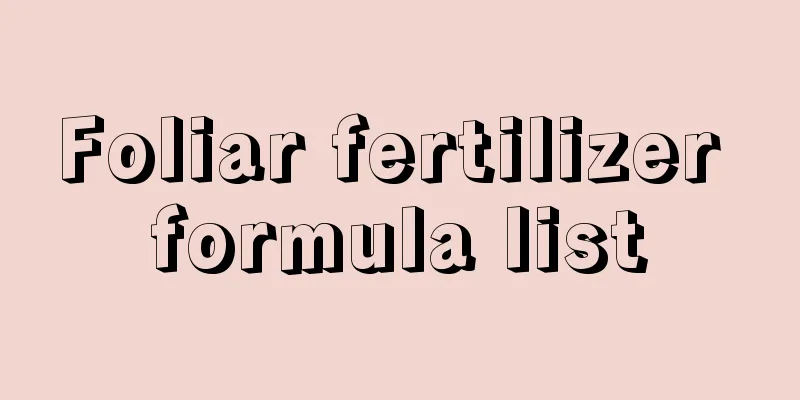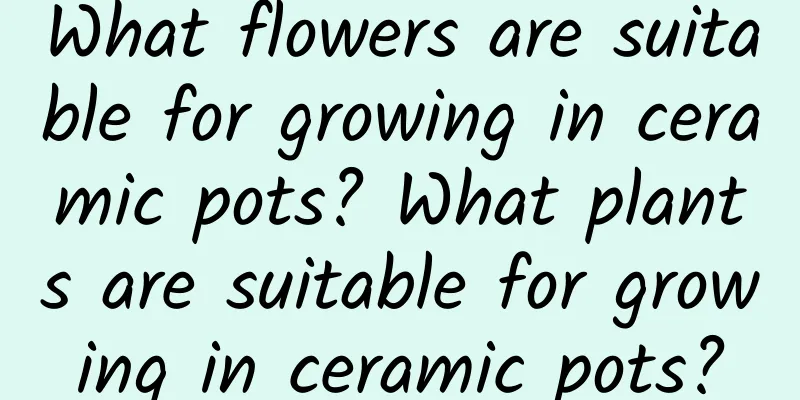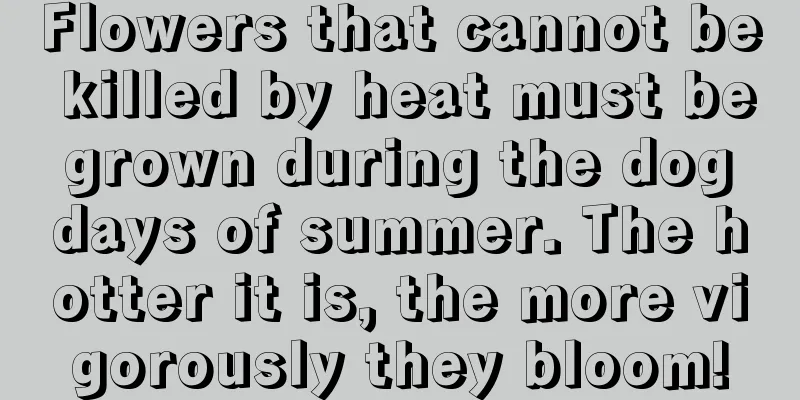Foliar fertilizer formula list

|
The success of crops depends on good fertilizer. If you want crops to grow well, you must pay attention to the supplement of foliar fertilizer . Many people don’t know how to match foliar fertilizer. Let’s take a look at the list of foliar fertilizer formulas below. 1. Potassium dihydrogen phosphate + brassinolide The combined application of potassium dihydrogen phosphate and brassinolide is the most commonly used formula in agricultural production. Mixed spraying can significantly increase the yield and quality of crops. Spraying during the initial flowering period and fruit expansion period of fruit trees can increase the yield by 30% to 40%; spraying during the young fruit stage of Solanaceae vegetables can increase the yield by more than 40%; spraying during the expansion period of the fleshy roots of radishes and carrots can make the root tubers smooth and increase the yield by 30% to 50%; spraying during the peak flowering period and podding period of beans can increase the yield by 35%. For each acre, you can use "50 grams of potassium dihydrogen phosphate + 10 ml of 0.01% brassinolide", diluted with 20 kg of water for spraying, spray once every 7 to 10 days, and spray 2 to 3 times in a row. . 2. Potassium dihydrogen phosphate + urea Spraying a mixture of potassium dihydrogen phosphate and urea can quickly supplement the three elements of nitrogen, phosphorus and potassium for the plants, effectively prevent the plants from being "deficient in fertilizer" and effectively prevent the plants from aging prematurely. Per acre, you can use "50 grams of potassium dihydrogen phosphate + 50 grams of urea", add 20 kilograms of water and spray it on the leaves, spray once every 7 to 10 days, and spray 2 to 3 times in a row. 3. Potassium dihydrogen phosphate + brown sugar The combination of the two can promote the growth of strong plants, increase production and improve quality, and can also prevent diseases, alleviate frost damage and pesticide damage. When using, spray at a concentration of 0.2% (seedling stage) - 0.3% (middle and late stages) of potassium dihydrogen phosphate + 0.5% of brown sugar, or spray at a dosage of 50 grams of potassium dihydrogen phosphate + 100 grams of brown sugar + 60 kilograms of clean water per mu. The continuous spraying frequency is 2-3 times, and the spraying interval period is 5-7 days. 4. Potassium dihydrogen phosphate + amino acid calcium Potassium dihydrogen phosphate + amino acid calcium can supplement phosphorus, potassium and calcium, which can not only prevent cracked fruits, soft fruits and rotten fruits, but also improve the hardness and storage and transportation resistance of the fruit. According to the compound concentration of 0.3% potassium dihydrogen phosphate + 0.1% amino acid chelated calcium, spray it on eggplant and fruit vegetables and fruit tree crops from the young fruit expansion period to the maturity period, spray once every 7-10 days, and spray continuously 2-3 times. It should be noted that if you really cannot buy amino acid chelated calcium, you can also use sugar alcohol chelated calcium or EDTA chelated calcium, but try to avoid using calcium nitrate, calcium chloride, superphosphate, etc. as they are prone to antagonistic reactions. 5. Potassium dihydrogen phosphate + chlormequat Chlormequat can inhibit cell elongation, making the stems of plants shorter and thicker, and can effectively prevent the plants from growing excessively. During the initial flowering stage of potatoes, the fleshy root expansion stage of potatoes, and the young fruit stage of tomatoes and peppers, we can use "50 grams of potassium dihydrogen phosphate + 20 ml of dwarfing agent" per acre, diluted with 20 kilograms of water for foliar spraying. This can prevent the plants from growing excessively and promote the rapid expansion of fruits and tubers. 6. Potassium dihydrogen phosphate + glucose Glucose is a monosaccharide and a product of photosynthesis. Spraying a mixture of "potassium dihydrogen phosphate + glucose" can significantly increase the efficiency of photosynthesis. The stronger the photosynthesis, the more organic matter is synthesized. In addition, spraying "potassium dihydrogen phosphate + glucose" during the fruit color change period can make the fruit brighter in color and the fruit sweeter. At any growth stage of the crop, we can use "50 grams of potassium dihydrogen phosphate + 30 grams of glucose" per acre, diluted with 20 kilograms of water for foliar spraying. That’s it |
<<: How to take care of the newly bought cactus
>>: How to take care of the newly bought money tree
Recommend
Can purple bamboo plum be grown indoors? Is it auspicious to put it indoors?
1. Can it be kept indoors? Although it looks gorg...
The difference between old crow persimmon and golden marble
1. Difference of blades The leaves of the old cro...
How to grow dragon fruit and when does it ripen?
1. Sowing time The best time to sow dragon fruit ...
What soil is suitable for growing wolfberry?
Introduction to wolfberry Wolfberry is a plant of...
Key points for caring for zinnia during its growth period
Zinnia growth period maintenance Zinnia seedlings...
How many pounds of passion fruit are generally produced per acre? How much profit is made by planting one acre?
Passion fruit yield per mu Passion fruit, also kn...
How to grow large jade plants
1. Breeding conditions 1. Soil When caring for la...
How to prune blue snow flower after it blooms? Pruning method after flowering
Pruning after flowering of blue snow flower The b...
How often should orchids be watered in summer?
How often should orchids be watered in summer? Or...
How to make copper coin grass seeds germinate quickly? The growth process of copper coin grass seeds
Method for germination of copper coin grass seeds...
How to propagate Dendrobium officinale
Reproduction method Here we mainly talk about one...
How to grow green radish column
1. Prepare materials Prepare a bamboo pole with a...
When is the best time to prune the crabapple tree?
The effect of pruning crabapple Pruning crabapple...
How to grow hydrangea
Soil selection In early spring, move the hydrange...
Diseases and Pests of Peony and Their Control
Diseases of Peony What are the diseases of red pe...









